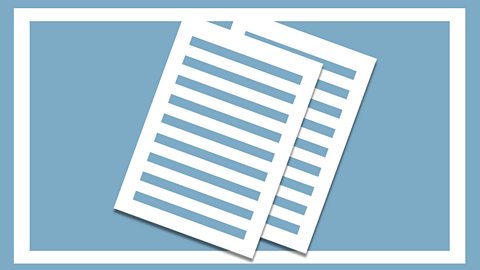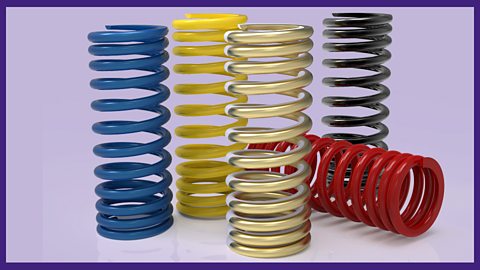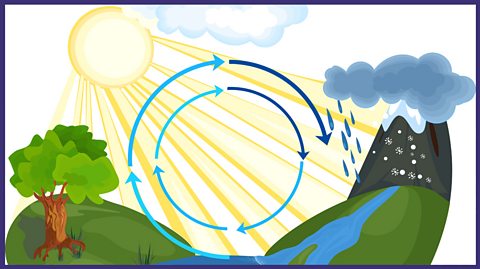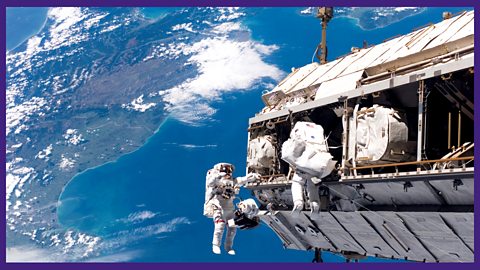The second session explores how shapes in the natural world contrast with the symmetrical shapes found in the man-made world.
2. Asymmetry in the natural world
The second session invites the children to consider shapes in the natural world and to consider how these contrast with shapes in the man-made world. The children then create their shapes in groups and find ways to move in asymmetrical patterns.
Resources
Download the audio for this dance session as an mp3 file.

Guidance on using the dance sessions in this unit with your group (pdf)

Lesson summary
1: Warm up: Moving the body asymmetrically.
2: Asymmetrical shapes: Working alone, the children create asymmetrical body shapes.
3: Sharing shapes with a partner: Children show their shapes to a partner who copies it on a different level.
4: Moving asymmetrically: Children find asymmetrical ways to travel.
5: Linking the ideas: The children link the partner dance at different levels with the travelling steps.
6: Cool down: Asymmetrical body shapes, as at the beginning of the programme.

Related units of KS1 Dance: Time to Move
Springs, magnets and monsters! collection
Diane Louise Jordan is finding out about forces, with dances inspired by springs, magnets and clockwork monsters.

The water cycle. collection
Diane Louise Jordan has two dance sessions exploring the water cycle.

Journey through space. collection
Three dance sessions creating exciting dance sequences exploring space and space travel.
